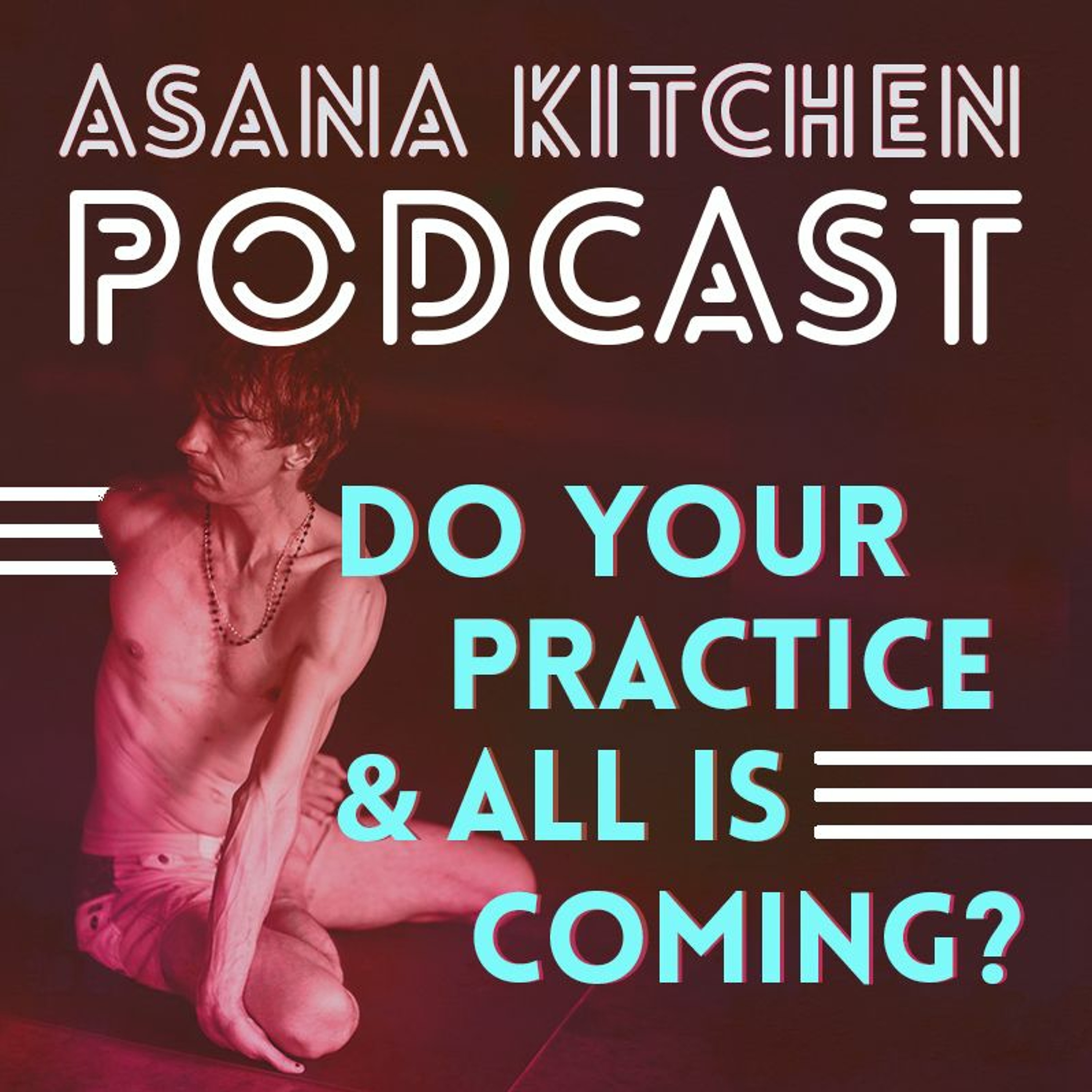How to use props, modify, and customize your practice
Update: 2022-01-14
Description
In this Podcast I discuss the following positive facts about using props and modifying:
1) Props (modifying) helps you build strength and flexibility by enabling you to specifically target desirable actions, movements, or position
2) Props (modifying) help you better align your skeleton
3) Props (modifying) help you stay in poses longer with more ease
5) Props (modifying) help you work more safely and protect your body.
6) Props (modifying) help you break difficult poses into smaller, logical steps so you can progress in your own way on your timeline.
7) Props (modifying) help you pinpoint what has value in doing a pose and strive for excellence where it really counts.
8) Props (modifying) help you learn more about how to do a pose and open yourself up to its many possibilities for creative expression.
I also briefly address Ashtanga Yoga's unfortunate taboo against props or modifying and point out some of the wrong ideas commonly embraced within the culture of Ashtanga concerning props.
The list of untruths about props discussed include;
1) If you use props or modify you aren’t doing real Ashtanga.
2) Using a prop or modifying is a sign that you are weak or stiff or lack skill or are incapable.
3) You only use a prop or modify because you can’t do a pose
4) A prop is a crutch and becoming dependent upon it makes your practice worse over time.
5) Only older or injured or incapable students benefit from using props or modifying.
6) Props or modifications aren’t needed to practice hard poses safely or to protect your body from harm-- short and long term.
7) The ideal student doesn’t use props or the less the better.
8) The advanced student doesn’t use props or modify, but rather strictly follows all the poses and Vinyasas of each series without deviation.
1) Props (modifying) helps you build strength and flexibility by enabling you to specifically target desirable actions, movements, or position
2) Props (modifying) help you better align your skeleton
3) Props (modifying) help you stay in poses longer with more ease
5) Props (modifying) help you work more safely and protect your body.
6) Props (modifying) help you break difficult poses into smaller, logical steps so you can progress in your own way on your timeline.
7) Props (modifying) help you pinpoint what has value in doing a pose and strive for excellence where it really counts.
8) Props (modifying) help you learn more about how to do a pose and open yourself up to its many possibilities for creative expression.
I also briefly address Ashtanga Yoga's unfortunate taboo against props or modifying and point out some of the wrong ideas commonly embraced within the culture of Ashtanga concerning props.
The list of untruths about props discussed include;
1) If you use props or modify you aren’t doing real Ashtanga.
2) Using a prop or modifying is a sign that you are weak or stiff or lack skill or are incapable.
3) You only use a prop or modify because you can’t do a pose
4) A prop is a crutch and becoming dependent upon it makes your practice worse over time.
5) Only older or injured or incapable students benefit from using props or modifying.
6) Props or modifications aren’t needed to practice hard poses safely or to protect your body from harm-- short and long term.
7) The ideal student doesn’t use props or the less the better.
8) The advanced student doesn’t use props or modify, but rather strictly follows all the poses and Vinyasas of each series without deviation.
Comments
Top Podcasts
The Best New Comedy Podcast Right Now – June 2024The Best News Podcast Right Now – June 2024The Best New Business Podcast Right Now – June 2024The Best New Sports Podcast Right Now – June 2024The Best New True Crime Podcast Right Now – June 2024The Best New Joe Rogan Experience Podcast Right Now – June 20The Best New Dan Bongino Show Podcast Right Now – June 20The Best New Mark Levin Podcast – June 2024
In Channel
























